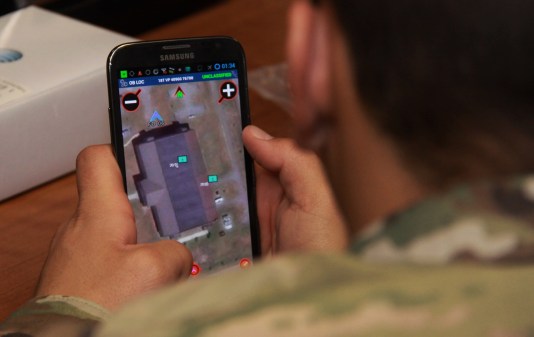If you want to handle classified documents on a mobile device, your best bet may be one with “Samsung” emblazoned across the top.
Samsung announced earlier this week that a suite of its mobile devices has been validated by the National Information Assurance Partnership (NIAP), becoming the first company to have a consumer device approved to handle the full range of classified information.
The devices added to the Commercial Solutions for Classified (CSfC) Program Component List are: Galaxy S4, Galaxy S5, Galaxy Note 3, Galaxy Note 4, Galaxy Note 10.1 (2014 Edition), Galaxy Note Edge, Galaxy Alpha, Galaxy Tab S 8.4, Galaxy Tab S 10.5 and the Galaxy IPSEC Virtual Private Network (VPN) client.
The approved devices all passed the government’s Common Criteria Mobile Device Fundamental Protection Profile (MDFPP) and VPN Protection Profile (VPNPP) programs thanks to Samsung Knox, its containerization platform that provides a suite of security and mobile device management options.
“The inclusion of Samsung mobile devices on the CSfC list proves the unmatched security of Samsung Galaxy devices supported by the KNOX platform,” JK Shin, CEO and president of IT and mobile business for Samsung Electronics, said in a release.
Samsung has spent the year making large inroads in the federal space. Earlier this year, the Defense Information Systems Agency placed Knox on its approved products list for sensitive but unclassified use. Also, the FBI asked in June for 26,500 Knox licenses to use on the Galaxy S5.
The new classification supplements that listing, meaning that agencies across the federal government — including the National Security Agency — can use to phone to view classified material.
Samsung may not be the sole mobility provider validated by NIAP for long. According to NIAP’s website, LG’s G3 smartphone is being evaluated by the partnership, with the process expected to be complete by Oct. 31.
A few months ago, FedScoop spoke to Johnny Overcast, Samsung Telecommunications’ director of government sales about agency’s ability to find a happy medium between mobile security and flexibility. You can listen to that podcast here.







